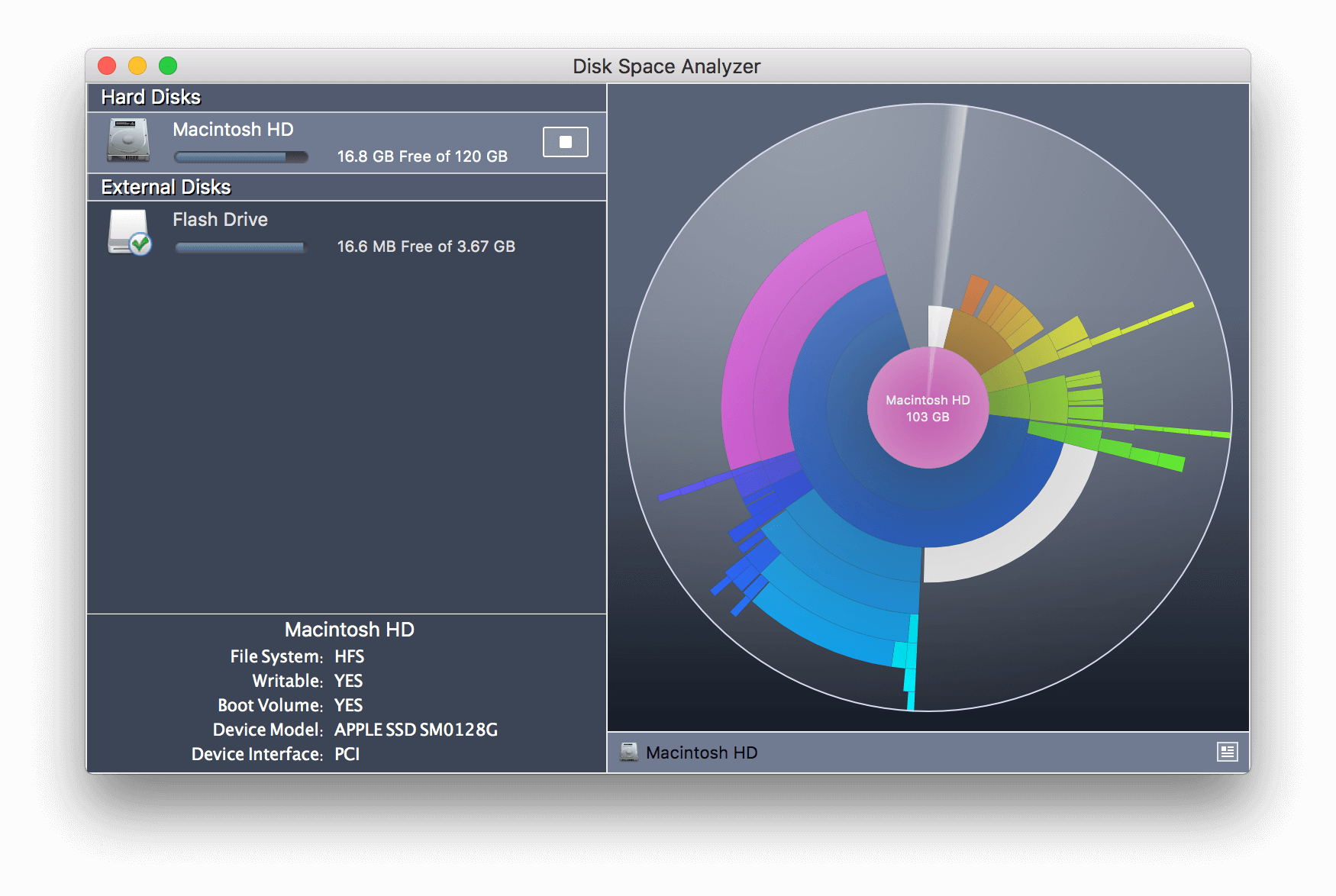

We always recommend getting a computer with at least 250 GB of built-in storage. The internal storage of most Macs cannot be upgraded later. It’s a good idea to have at least 10 GB of free space available on your drive. Running out of disk space is serious and will cause a general breakdown of most computer functions.Ĭheck your Mac’s storage under the Apple Menu – About This Mac, then click the Storage tab. Never - NEVER! - USE YOUR MAC WHEN THE STARTUP DISK IS FULL!

If you see the message below, you need to take action IMMEDIATELY.

One of the most dangerous situations we encounter is full hard drives. If it's a large application you'd like to uninstall, follow these steps.Your Mac only holds so much.
Once you identify the data hog, right-click the file or folder and send it to the trash. On the right, you can identify the storage hogs by file type, sorted by size. Alternatively, click the large blocks of color to find out which files are taking the most space. If you click on a folder or file, the corresponding color block will be highlighted below. The left sidebar organizes files and folders sorted by file size. When the scan is complete, you'll be presented with the summary screen. To evaluate a folder (instead of an entire drive), choose "Select Folder" in the start screen. Launch the app, and select the drive you want to evaluate, and allow 5-10 minutes for the app to scan your drive. Download and install Disk Inventory X. This free program scans your hard drive and creates a graphical and textual summary of your disk space use, organizing your data by location and file type.







 0 kommentar(er)
0 kommentar(er)
